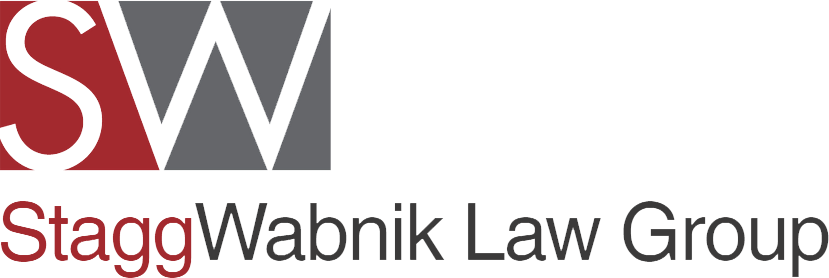
Initial Implementation and Objectives
New York City’s congestion pricing program took effect on January 5, 2025, with the goal of reducing heavy traffic congestion in Manhattan’s central business district while generating revenue for public transportation improvements. The initiative has sparked mixed reactions, with supporters emphasizing its environmental and transit benefits, while opponents raise concerns over financial burdens on commuters and small businesses. During peak hours, the program imposes a $9 toll on vehicles entering Manhattan below 60th Street.
The primary goals of the congestion pricing initiative include:
Reducing Traffic Congestion: Encouraging drivers to rethink unnecessary trips into the city, helping to ease traffic and improve travel times.
Environmental Benefits: Fewer vehicles on the road mean lower emissions and better air quality for residents and visitors.
Funding Public Transit: Revenue from the tolls is designated to support improvements to the Metropolitan Transportation Authority (MTA), including subway and bus system upgrades.
Recent Developments and Challenges
Despite its rollout, congestion pricing has faced significant challenges:
Federal Opposition: In February 2025, the Trump administration revoked federal approval for the congestion pricing toll, arguing that it disproportionately affects working-class commuters and small businesses. This decision created uncertainty regarding the program’s financial stability and left city officials scrambling to identify alternative funding solutions for public transit improvements.
Legal Actions: Governor Kathy Hochul and the MTA have filed lawsuits challenging the federal decision, arguing that congestion pricing is critical for funding public transit and managing city traffic.
Political Tensions: Ongoing discussions between Governor Hochul and federal officials have yet to resolve the issue, leaving the program’s future uncertain.
Future Outlook
The next steps for congestion pricing will depend on:
Legal Proceedings: The outcome of pending lawsuits will determine whether the program moves forward, is modified, or is overturned.
Federal-State Relations: How state officials and federal agencies navigate this issue will impact the long-term viability of congestion pricing.
Public Opinion: The debate over congestion pricing remains heated among business owners, commuters, and policymakers. Supporters assert that reducing congestion will improve air quality and enhance public transit, making the city more efficient in the long run. Meanwhile, critics contend that the added financial burden on workers and businesses, particularly those that rely on vehicle transportation, could outweigh the benefits.
How Stagg Wabnik Law Group Can Assist
As congestion pricing regulations evolve, businesses and individuals need to stay informed and prepared. Stagg Wabnik Law Group provides legal guidance and support to help navigate these changes. Our services include:
Regulatory Compliance: Helping businesses understand and comply with new toll regulations and potential exemptions.
Litigation Support: Representing clients in legal disputes related to congestion pricing and transportation policies.
Strategic Planning: Assisting businesses in developing strategies to manage the financial impact of congestion tolls.
Contact Stagg Wabnik Law Group at (516) 812-4550 or visit our contact page for personalized legal assistance.


Opmerkingen